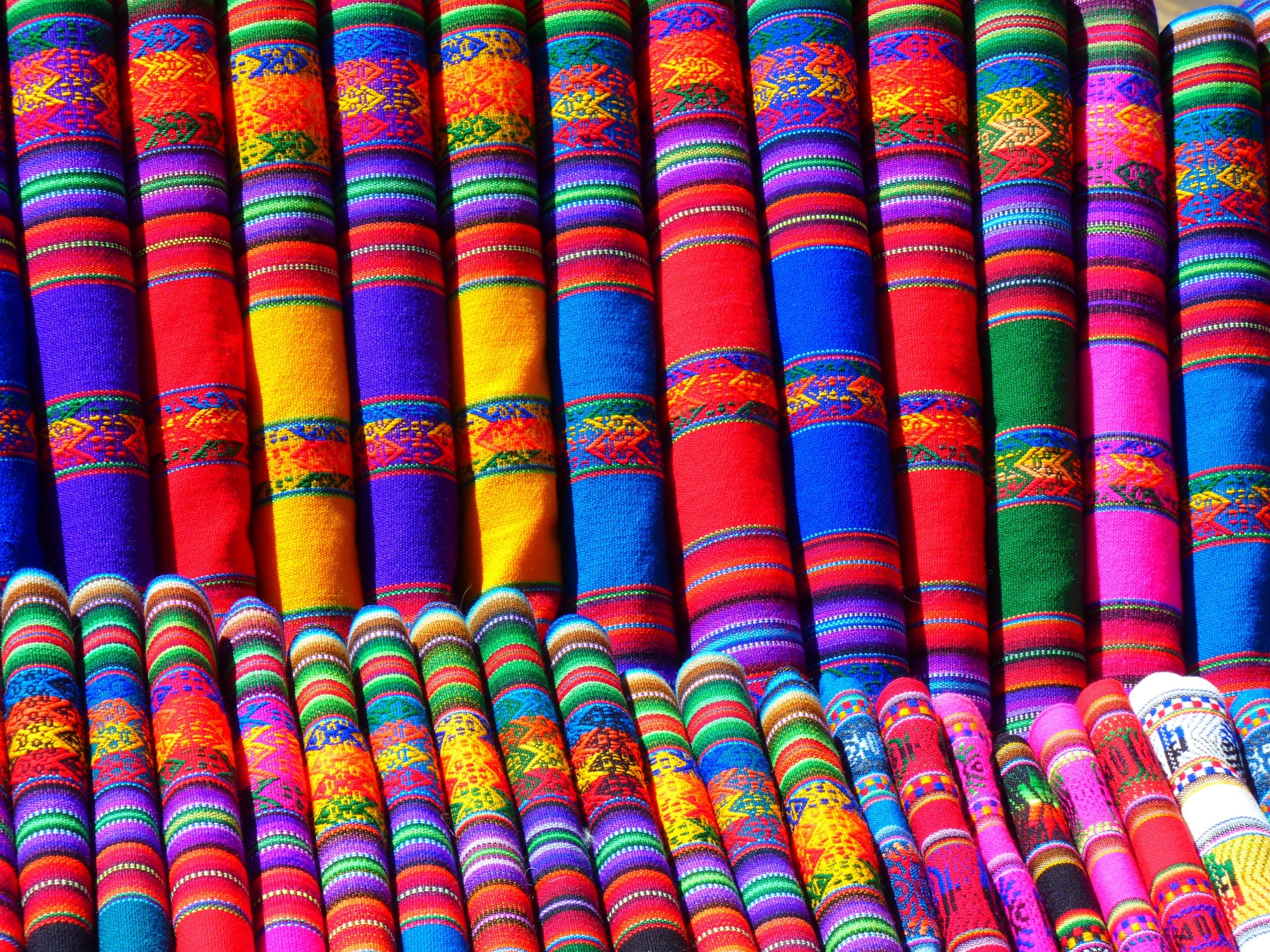The importance of textiles recycling has become increasingly important in recent years. Clothing, bedding, towels, curtains and other household textiles are made up of fibers, such as wool, flax, cotton, silk and so on. If they are not properly disposed of, and end up in a landfill, they can take more than our lifetime to decompose (some may never), and may even release methane and CO2 into the atmosphere.
Recycling textiles decreases landfill space, avoids using new fibers (you can turn recycled fibers into new products), reduces energy and water consumption, reduces pollution and reduces the need for dyes.
The recycling process varies between natural and synthetic fibers. For natural fibers, the incoming material is sorted by material and color. Sorting by color means it won’t have to be dyed again. They are pulled into fibers or shredded, and then cleaned and mixed through a carding process. At this point, it is ready to be woven or knitted into something else. In some cases, they may be used for other purposes, like textile filling in mattresses.
Synthetic (polyester-based) textiles are shredded and granulated into polyester chips. These chips are then melted and used to create fibers for new polyester fabrics
Various retailers, like H&M, Nike and Patagonia have clothing and textile recycling programs. You can find a local recycler here.


